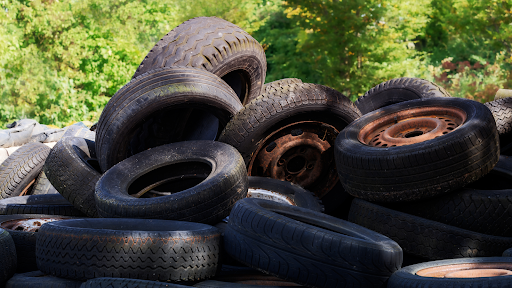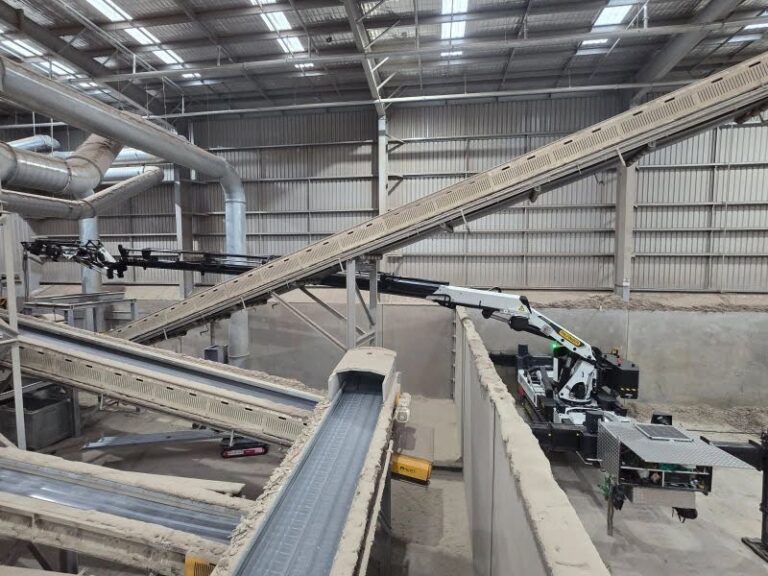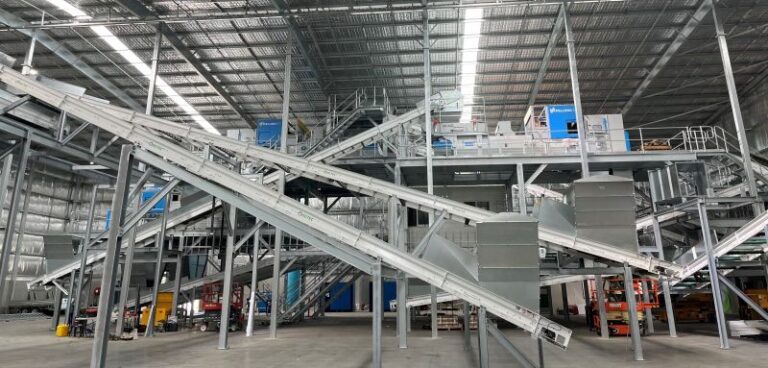
Waste Tyres And Environmental Pollution: Can Industrial Recycling Provide A Long-Term Solution?
Tyres are made from highly durable synthetic materials, including non-renewable components such as rubber, carbon black, and steel. As these
Pulleys are of closed end fabricated mild steel construction; shell surface shall be crowned and lagged with a 12mm diamond lagging. Shafts shall be taper-locked or squeeze locked in to position so that the shaft can be easily replaced and also prevent heat stresses from causing premature failure on the shaft when shock loaded. The drum shall have a standard external diameter of 219mm with a 9mm wall thickness unless larger pulleys are required for thicker belts or traction. The shaft has a diameter of 50mm. In the case of the drum being placed beneath a magnet the drum will be manufactured from non-magnetic stainless steel otherwise the drum will be fabricated from mild steel.
Belt to be provided with a hot vulcanized joint where possible.

Tyres are made from highly durable synthetic materials, including non-renewable components such as rubber, carbon black, and steel. As these

The Australian waste management sector is under mounting pressure, with 75.6 million tonnes of waste generated in 2022-23. Conventional handling

Plastic remains one of the most dangerous threats to our environment, with millions of tonnes of waste generated worldwide every

The construction and demolition (C&D) industry generates one of the largest waste streams worldwide, producing millions of tons of debris

Did you know Australian businesses generate over 7.4 million tonnes of waste annually? Most of it, plastics, packaging, textiles, and

It has been reported that Australia generates over 76 million tonnes of waste annually, with more than 32 million tonnes